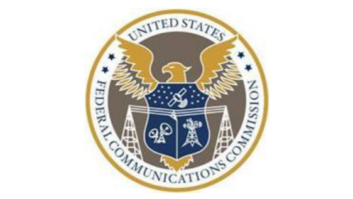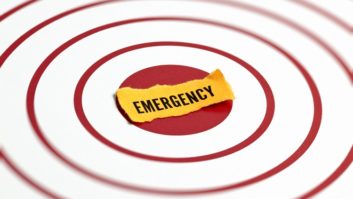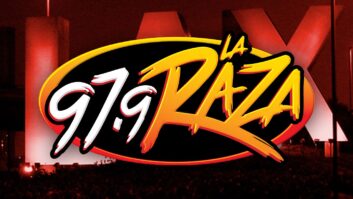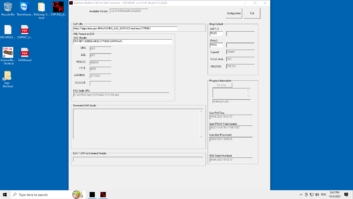The FCC petition filed by equipment manufacturer Gorman-Redlich in July asking for a partial waiver of EAS rules is still pending but it has sparked industry debate about EAS equipment and how long broadcasters can expect their legacy boxes to function.
The Gorman-Redlich petition requests a partial waiver of the rules for processing of Common Alerting Protocol (CAP) messages into SAME-encoded messages in order to comply with definitions in Part 11. Gorman-Redlich founder Jim Gorman told Radio World that the move was in response to customers who are reluctant to dispose of still-functioning legacy EAS gear, mostly radio stations in small markets or low-power stations operating on limited budgets.
The request asks the FCC to allow Gorman CAP equipment to add an entire state location code (0XX000) to the 000000 National Code so that legacy equipment will respond to a nationwide message. The Gorman-Redlich CAP-DEC 1 is a standalone unit that processes Common Alerting Protocol (CAP) messages and puts them on air via the Emergency Alert System.
The industry is watching closely for developments with the FCC’s nationwide test of the Emergency Alert System approaching. The nationwide EAS test, scheduled for Sept. 28, is meant to assess the reliability and effectiveness of the EAS, with particular emphasis on testing FEMA’s Integrated Public Alert and Warning System, the integrated gateway through which common alerting protocol-based EAS alerts are disseminated to EAS participants, according to the FCC.
According to Gorman, the company’s EAS-1 units are compliant with V9.8 software, which meets the commission’s 6th Report and Order requirements.
“We’ve been making V9.8 since 2012, so a lot of stations already have that version. We are sending the updated EPROMs to people who say they have 9.2 or 8.7, which is from 1997,” Gorman said. “The [FCC] variance would help people who do not have V9.8 or operate other legacy equipment.”
Gorman says the company’s CAP-DEC 1, an intermediary device that adds CAP functionality to EAS equipment, will forward the 000000 National Code to whatever EAS unit it is connected to.
“Broadcasters with older Sage and Burk EAS boxes can run them until they die if this waiver is allowed by the FCC,” he said.
Gorman says the FCC has been mum on his inquiries about his petition to this point. He does encourage radio broadcasters in small markets and low-power broadcasters to comment to the FCC about his waiver request. You can access Docket No. 15-94 by visiting FCC filing submission page.
The FCC declined to comment on the pending waiver action.
Related:
Gorman-Redlich Asks for EAS Waiver











